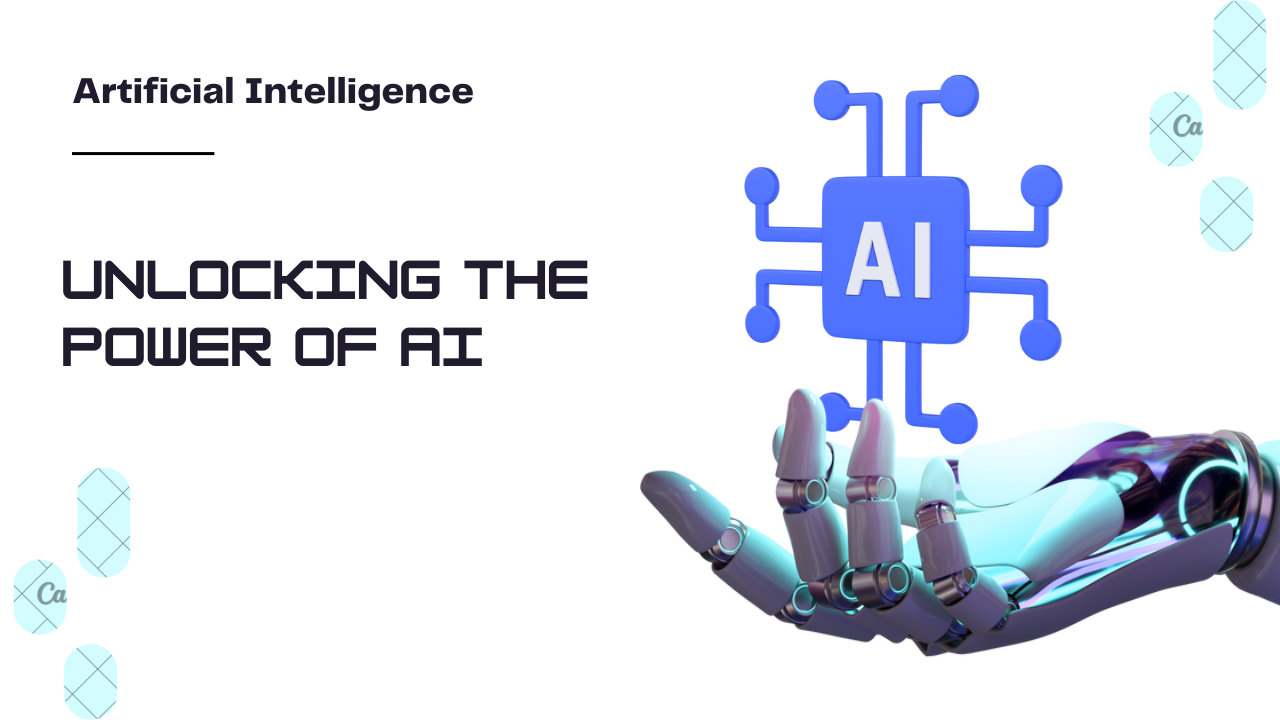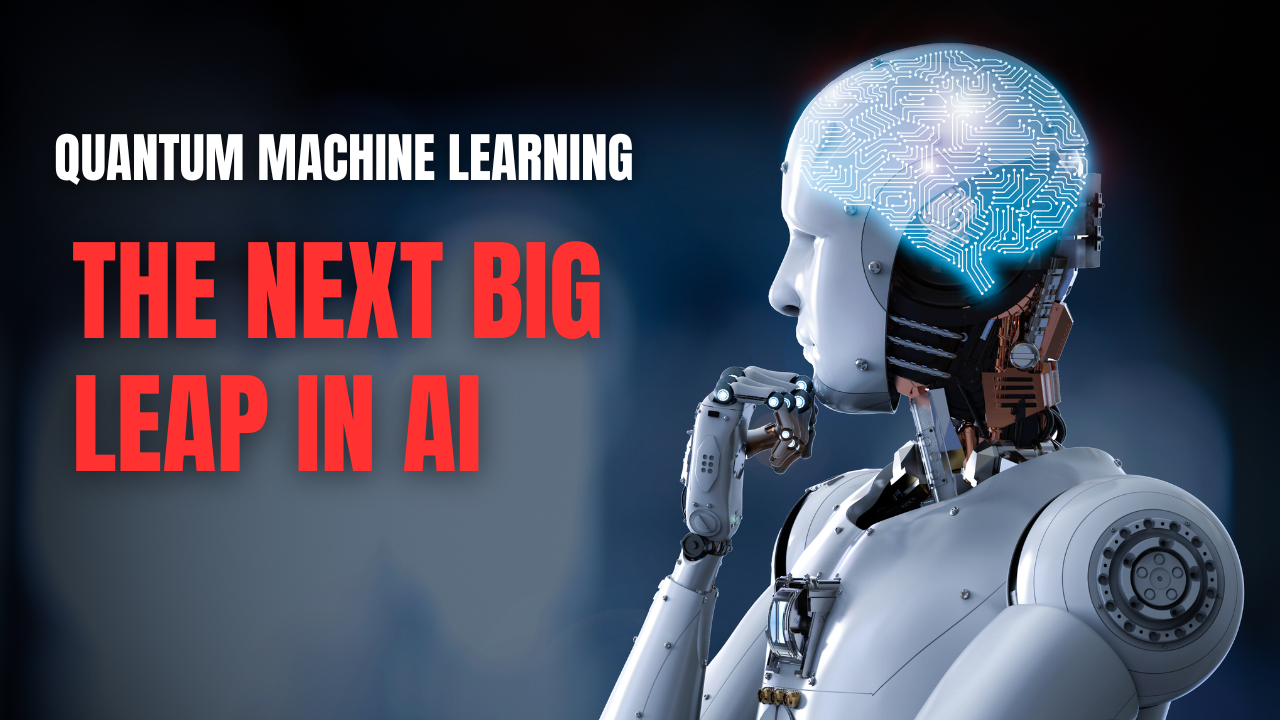IntroductionIn today’s world protect data and systems from cyber attacks is more important than before. Cybersecurity is now a main priority for everyone, businesses, and governments. One of the most thrilling developments in this area is the use of machine learning (ML) to improve cybersecurity measures. Machine learning changes the game by offering advanced ways to find, stop, and respond to cyber threats more than older methods.What is Machine Learning?Machine learning is a part of artificial intelligence (AI) that lets computers learn from data and get better at tasks without direct programming. , ML uses big data sets in algorithms that find patterns and decide based on these patterns. This technology is very useful in cybersecurity as it can analyze a lot of data fast to find possible threats.The Role of Machine Learning in CybersecurityTraditional cybersecurity approaches depend on set rules and signatures to identify threats. These approaches work well sometimes but often fall behind in the fast-changing world of cyber dangers. Machine learning meanwhile, can adjust and learn from fresh data, which makes it far better at spotting complex and new attacks. By using ML, cybersecurity systems can recognize unusual activities, foresee possible dangers, and deal with incidents as they happen.Key Applications of Machine Optimization in CybersecurityDanger Detection and PreventionMachine learning algorithms are good at studying big datasets to spot patterns that might show harmful activities. By always learning from new information, ML can find threats that older methods may overlook. Anomaly detection is a main method in this use where ML models know what normal action looks like and note any changes as potential threats.Behavioral AnalyticsBehavioral analytics is about knowing the usual actions of users in a system. Machine learning models can learn these actions and see any odd activities that might show a security issue. For example, if an employee starts getting into private files they’ve never used before, the ML system can mark this as strange and start an investigation.Malware DetectionMalware detection is another necessary use of machine learning in cybersecurity. Traditional antivirus software uses known signatures to find malware, but machine learning can do more by spotting patterns and behaviors that are usual for malware even when it’s a new type. In malware detection, they use supervised learning, in which the model learns from labeled data, and unsupported learning, in which the model sees patterns without previous labels.Phishing DetectionPhishing attacks are when attackers fool people to give away private data. Machine learning helps find phishing tries by looking at emails and websites for signs linked with phishing. These signs might have strange URLs odd email addresses, or phrases often seen in phishing attacks.Incident ResponseMachine learning is very important in making incident response automatic. When a danger is noticed, ML helps set the priority of the response based on how serious and damaging it could be. This helps cybersecurity teams act fast and well making less damage and giving attackers less time to use weaknesses.Benefits of Using Machine Learning in CybersecurityUsing machine learning in cybersecurity provides key benefits:Improved Accuracy and Speed: ML algorithms can study and handle lots of data . This increases how well they find threats and lowers the time needed to see and address these threats.Managing Large Data Volumes: Cybersecurity systems have to deal with a lot of data. ML can work through this data well to spot possible threats.Fewer False Alarms and Missed Threats: Traditional systems often have many false alarms and missed threats. ML can decrease these issues by learning what a real threat looks like.Challenges and LimitimentsWhile machine learning provides many benefits, its use in cybersecurity faces challenges:Data Requirements: Machine learning models need a lot of data to learn well. Gathering and organizing this data can be tough.Adversarial Attacks: Attackers may try to trick ML models by giving them incorrect data. It is essential to keep updating and improving models to fight these adversarial methods.Need for Continuous Learning: Cyber threats change all the time so ML models must be updated often with new data to stay useful.Future of Machine Learning in CybersecurityThe future of machine learning in cybersecurity appears bright. As technology moves forward, ML models will grow more advanced and will better detect and react to threats . Working together, AI and human experts will play a key role, AI doing the work of analyzing data and humans providing the needed context and making decisions.ConclusionMachine learning is causing a revolution in cybersecurity by giving improved tools to detect, prevent, and answer to cyber threats. Its capacity to look at huge amounts of information and adjust to new details makes it a strong helper in combating cybercrime. Though there are problems to solve, the advantages of adding ML into cybersecurity plans are evident.



